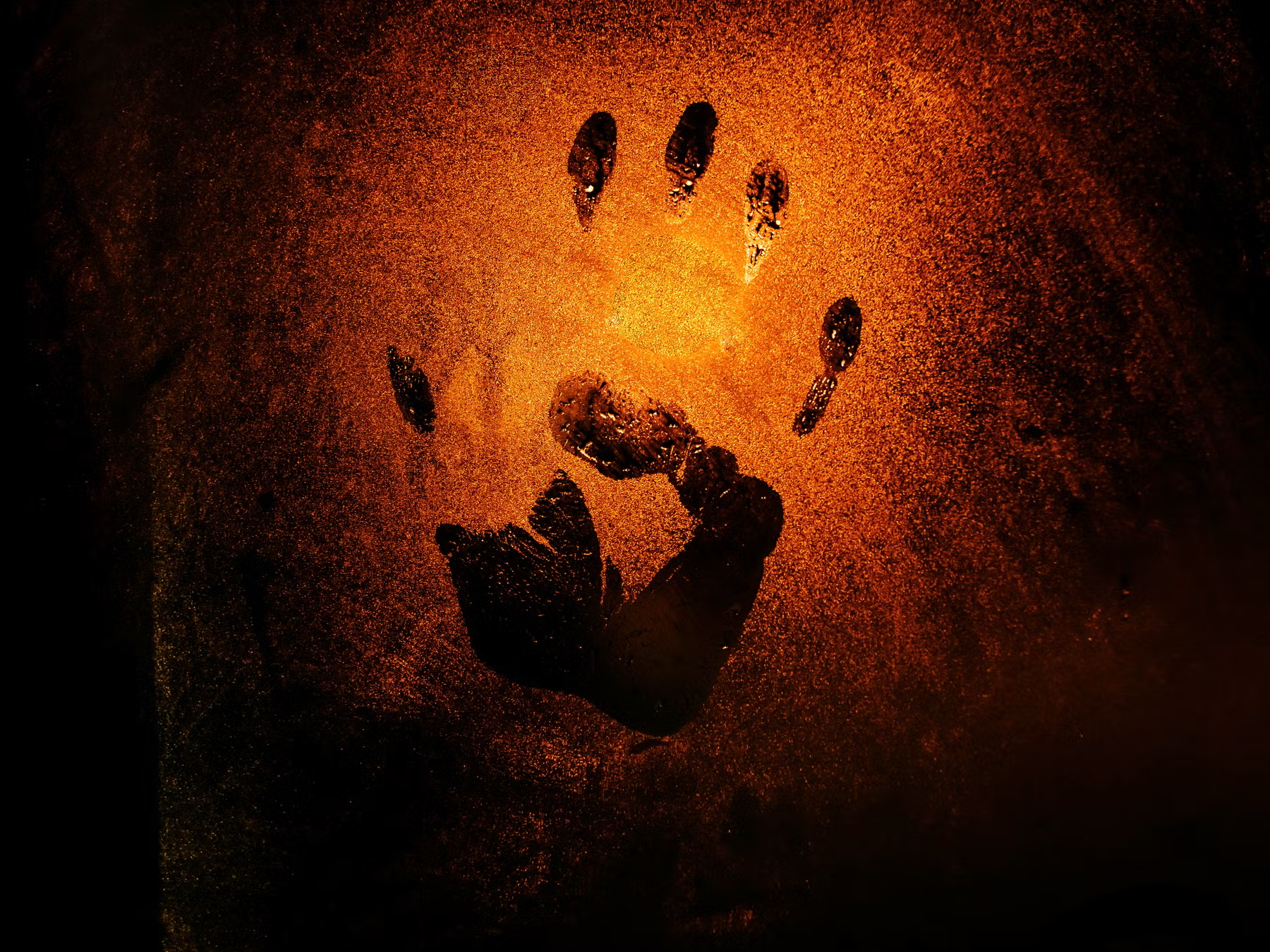Near Nauheim, a town southwest of Frankfurt in the central-western German state of Hessen, students from Goethe University Frankfurt discovered 46 tombs from diverse ethnic groups in cooperation with the Hesse archeological department at the Darmstadt branch of the State Monument Protection Agency.
During a six-week training excavation, they discovered 46 burials dating to the time when Roman legions were stationed on the Rhine. The grave goods show that the deceased were immigrants who arrived in the area in the middle of the first century A.D. and practiced Gallic funerary traditions.
Because a Roman military camp was known to have been established in the Nauheim region, the team anticipated discovering Roman relics. It surprised them to find the tombs of the first settlers.
Eight students working in two teams discovered a burial ground that was over 2,000 square meters and was buried between the middle of the first century AD and the beginning of the third century. They discovered 46 graves in total, 44 of which were cremation burials, and only two were inhumations.
Anthropologists will now study the skeletons and the bone fragments from the corpse fire to ascertain the age, gender, and ailments of the deceased.
The Nauheim tombs provide evidence of the small-scale immigrant ethnic groups who first inhabited the Hessian Ried's limits almost 2,000 years ago. Grave goods suggest that Germanic military farmers who were purposefully drawn by the Romans from the north took over the security in the province on the frontier of the Roman Empire, resided there, and eventually became farmers.
The curious bronze bucket in which a person was once buried. A glass jar was found in the burial ground right next to it. Photo: © Ralf Klausmann, Hesse archaeologist
A bronze bucket that likely served as a funeral urn was uncovered in the burial ground, and its 30-centimeter height was a clear indication that the deceased of recently arrived settlers found their final resting place here.
"In the bucket" is an early Nauheimer. It is unusual for Roman graves to include equipment like scissors or knives and to bury a person in a bronze bucket. While the practice was common in the east of Gaul during the late Iron Age, between the first century BC and the first century AD, evidence of the burial enclosures mentioned has never been discovered in southern Hesse. Such atypical burials, in the eyes of scientists, are undeniable evidence that immigrants were interred here, bringing with them not just their culture but also their funeral customs.
Professor Markus Scholz, director of the Goethe University course on archeology and history of the Roman provinces, stated that the bucket had to have been imported and likely cost one or two dinars. The grave goods, which included an entire urn made of green glass, were often of high quality, indicating some degree of affluence of the deceased.
Additionally, there are six rectangular ditch systems that, according to the best knowledge now available, all date back to the founding phase of the burial ground and can be seen as the enclosure of specific burials. A full glass urn is one example of an addition that can witness to the richness of the deceased.








